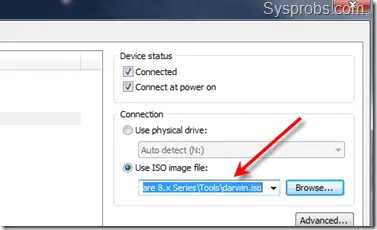Outlook 2011 For Mac Set Days To Keep Mail
I prefer working with the Calendar in the Month view but every now and them Outlook seems to change this to the Day view all by itself. How can I keep Outlook in the Month view? This is indeed something which often happens to people who work in the Month view but can also happen to people who prefer to work in the Full Week or Work Week view. Usually the cause is that you select a date from the Date Navigator to go to the Calendar. Best archive utility for mac. When you are in the Month view, it will then automatically switch to the Day view and only displays that day. In part, this is done because the selected day is less easy to discover in the Month view. Sadly, Outlook won’t automatically set your view back to the Month view when you leave the Calendar folder and come back to it again.
Quickbooks For Mac Set Closing Date
There are various workarounds for this; • Use keyboard shortcuts to quickly restore your view• Click in specific Date Navigator areas to determine the entry view• Lock your Calendar view via a macro Use keyboard shortcuts to quickly restore your view There are keyboards command available to quickly change back the calendar view. If this happens to you on a regular basis, remembering the keyboard shortcut to reset your view is often easier and quicker than by using a mouse. • CTRL+ALT+1 = Single Day view• CTRL+ALT+2 = Work Week view• CTRL+ALT+3 = Full Week view• CTRL+ALT+4 = Month view Extra Tip: You can combine the above keyboard shortcuts with CTRL+2 to switch to the Calendar so you won’t need a mouse at all for basic navigation. For more keyboard shortcuts in Outlook see the guide: Click in specific Date Navigator areas to determine the entry view This sounds more complex than it is; Depending on where you click in the Date Navigator, whether in the To-Do Bar or the Navigation Pane, Outlook decides whether to show you the Day, Week or Month view. Bigip edge client for mac sierra.
Wd My Passport For Mac Set Up Video

• Click on a date to switch to the Day view (when your current view is the Month view)• Click on a week number to switch to the Week view (or in front of the dates if you have “” disabled)• Click on the days to switch to the Month view. Don’t click on a specific date when you want to maintain the Month view. Lock your Calendar view via a macro Yet another way to go would be to. This will still allow you to make changes to it and switch between the Day, Week and Month view but whenever you leave an return to the Calendar folder, it will automatically reset the back to the way it was when you locked it. So, in the case that you have locked your Calendar to the Month view and click on a date in the Date Navigator, it will switch to the Day view.
Under the 'Default folder settings for archive' heading, check 'Clean out items older than ___' and select either months, weeks or days from the drop-down menu. This moves messages older than the selected time into the archive folder. Outlook for Mac keeps asking for the password Sometimes a minor gap in quality control, such as the lack of proper upgrade testing can have annoying consequences. The problem “Microsoft Outlook 2016 for Mac keeps asking for password” has been around for since March of 2016.
Mac Cosmetics
However, when you leave the Calendar folder and then return back to it by clicking “Calendar” in the Navigation Pane or your Folder List, it will be back in the Month view. Can be done for any folder, not just the Calendar. Last modified: April 5, 2013.
I’m using VMware Workstation 12 player and when creating a new virtual machine, when I have to select “Apple Mac OS X” from operating system list, this is not present in the list. I ran win-install several times but “Apple Mac OS X” is still not present. Sierra will also help you shop more securely from online stores and with the new file system, you can now get and free up valuable space. The VMware player, virtualisation software for the x64 based computer that uses Windows. You can run macOS Sierra Final on VMware on Windows.  Convert Mac OS X image (Mountain Lion in my case) from.dmg to.iso (using dmg2img). Create VM for Mac OS X and choose created Mac OS X.iso file in new VM settings -> hardware -> CD/DVD (SATA) -> Use ISO image file; Run Virtual Machine and install Mac OS X (described in mentioned article). Install VMWare tools (also described in mentioned article). Once Mac OS X is installed and running I updated Mountain Lion to Mavericks.
Convert Mac OS X image (Mountain Lion in my case) from.dmg to.iso (using dmg2img). Create VM for Mac OS X and choose created Mac OS X.iso file in new VM settings -> hardware -> CD/DVD (SATA) -> Use ISO image file; Run Virtual Machine and install Mac OS X (described in mentioned article). Install VMWare tools (also described in mentioned article). Once Mac OS X is installed and running I updated Mountain Lion to Mavericks.